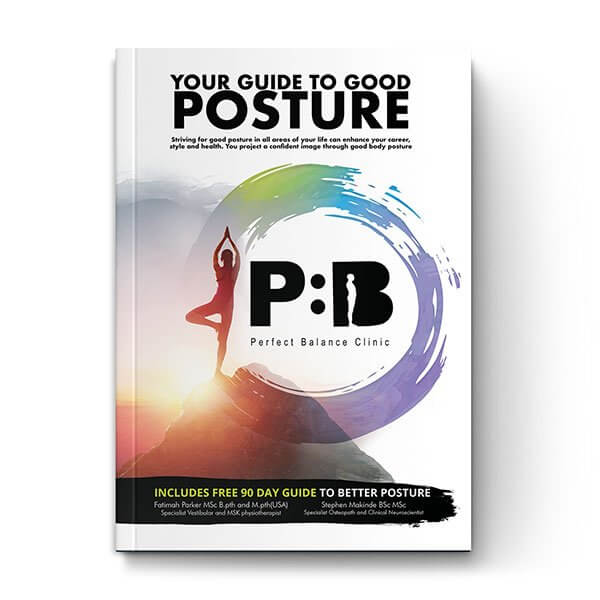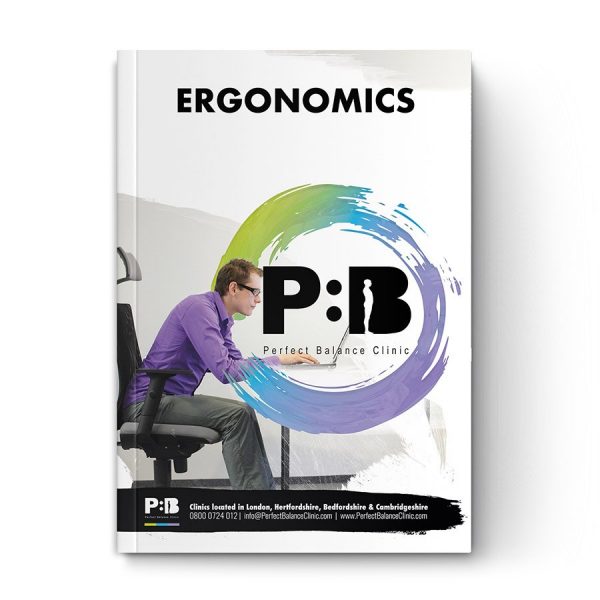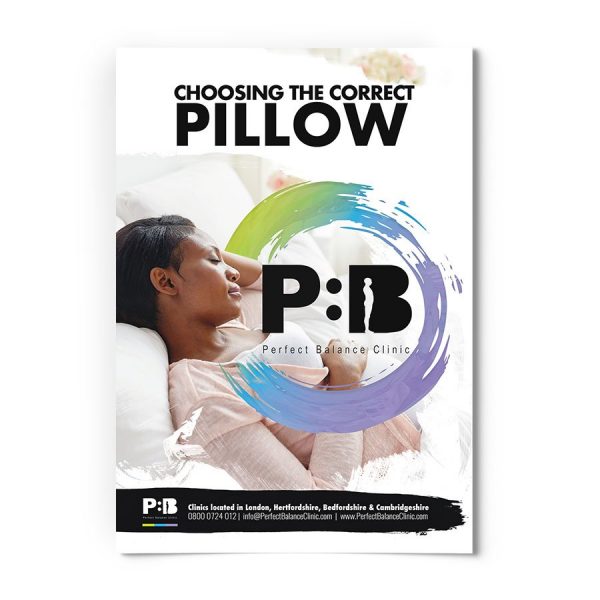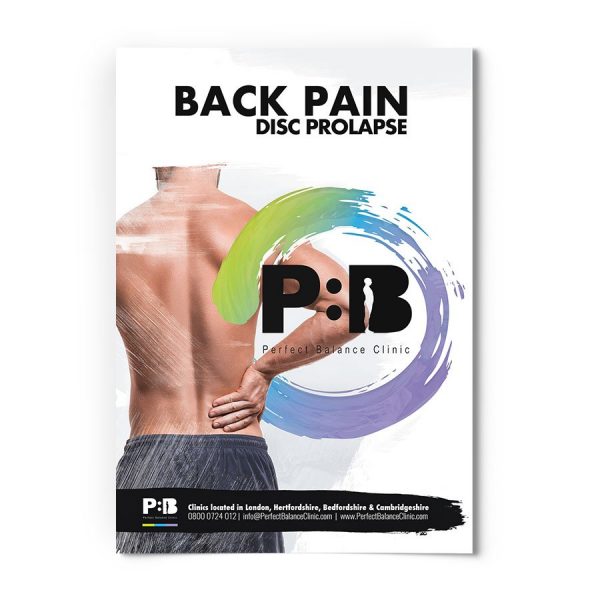Our posture correction and scoliosis classes in Hatfield are based on Mindfulness they are often where your GP will recommend you to go to if you have poor posture, scoliosis, or bad back pain. Our reputation is based upon our holistic view of posture and encompassing children’s and adults’ lifestyles into addressing their postural issues. This is created by addressing the underlying mental state achieved by focusing one’s awareness on the present moment, while calmly acknowledging and accepting one’s feelings, thoughts, and bodily sensations, using a therapeutic sensation.
Our team of specialist therapists at Perfect Balance says posture is about being mindful and aware of the body. So, you may be wondering; how does good posture help?
- Gets you out of pain from long hours of sitting, standing and texting.
- Good posture helps to increase productivity and reduce fatigue.
- Improving your posture will help you look and feel better, younger, and more confident.
- If you are a child or have children, postural training is ideal to look at to help prevent issues in later life
At Perfect Balance Clinic, we have an expert group of physiotherapists who will help you achieve this. For years, the Alexander Technique has been scientifically proved to improve back pain and improve posture. A brief insight into the Alexander Technique;
- Alexander Technique is a skill for self-development teaching you to change long-standing habits that cause unnecessary tension in your body.
- Each day activities carried out, like carrying shopping bags, taking your baby in and out of the car, texting, tensing as the phone rings, rushing to reach school on time to pick the children up, meeting deadlines causes strain in our body.
- Over the years this accumulates and can cause illness, injury, or common aches and pain that may seem to come from nowhere.
- Whatever your age or ability, the technique can help boost your performance in any activity and relieve the pain and stress caused by poor posture.
- With the help of your therapist, you will learn to take control of these everyday stresses that contribute towards a poor posture and regain control of your body and reduce stress built up by poor posture.
Our posture correction and scoliosis classes in Hatfield are comprehensive and will cover these main 9 areas.
1 Re-educate your body for posture correction
- Alexander Technique lessons stimulate your ability to learn on different levels, physically, intellectually, and emotionally.
- You will learn to recognize your harmful habits, how to stop and think, and chose a better response.
- You will gradually learn to apply your new understanding and skill in everyday activities and more complex ones, to bring awareness and poise in everything you do.
Just like riding a bike, once learned, the Technique stays with you for life!
2 Self-Awareness for posture correction
- The technique teaches us the skillful use of the self, that is, how we use ourselves when moving, resting, breathing, learning organising our awareness, and focus our attention and choosing our reactions to increasingly demanding situations.
- Learning the self-correct is a life-changing technique that not only makes you aware of your body but you change your habits for good. You gradually strip away from habits that interfere with the natural healthy reaction.
3 Balanced body and a balanced mind to help with posture correction
Coordination and poise rely on the natural balance of the head, neck, and back, which F M Alexander called the primary control. The Technique works by re-establishing this natural balance to promote easy upright posture and efficient functioning, body, and mind.
The Alexander Technique is a subtle and thoughtful discipline, but essentially practical and problem-solving.
4 Posture Correction and Scoliosis Classes in Hatfield
The spine is also known as the spinal/Vertebral column. Or simply the backbone. This strong yet flexible Central support holds the head and head Torso upright, yet allows the neck and back to bend and twist.
The spine has four curves- comprising of the cervical, thoracic, lumbar and sacral. These curves help us in our upright posture and act as shock absorbers. The natural anatomy of the spinal curve is from front to back and back to front. Some people develop a curve laterally (side to side), and this is termed as scoliosis.
Causes of scoliosis include a variety of factors that contribute to scoliosis, including spinal deformities, genetic conditions. It is mainly hereditary. and around 80% are idiopathic.
Symptoms of scoliosis: signs and symptoms of scoliosis include:
- Uneven shoulders
- Winging of the scapula is usually seen.
- Uneven waist
- One hip higher than the other.
- If scoliosis gets worse, the spine will also rotate and twist, in addition to curving side to side. This has an effect on the ribcage causing the ribs to stick further out.
5 Adults with Scoliosis. Posture Correction and Scoliosis Correction
Adults with Scoliosis (mild-severe) usually experience back pain or discomfort. Usually, due to discomfort adults with scoliosis stiffen to hold themselves up or collapse or sink down into the lateral curve, this is not only seen in people with scoliosis but also with people with poor back strength and poor posture.
The Alexandra technique can help a person with scoliosis stop the habit of stiffening to stabilise themselves. They instead use their core strength to stabilise themselves and learn through self-awareness to correct posture.
Underlying scoliosis might still be there, but you will learn to do undo the unnecessary tensions and collapse around it, resulting in being able to comfortably maintain an upright posture, feel more relaxed, and breathe with less effort. Your posture is most likely to look more upright.
6 Children Developing Scoliosis or Undergoing Treatment
This is one of the most common causes of back pain in school-going children.
Prevention – If a child is found to have mild scoliosis or at risk of developing scoliosis, the Alexandra technique can self-teach them to change their harmful habits. Through core strengthening and self-awareness, children will learn to correct their posture whilst standing, sitting, carrying a heavy bag, and playing musical instruments.
Here at Perfect Balance, we have bespoke treatments available too to suit your child’s needs. our services include Physiotherapy, Osteopathy, Pilates, and specific 121 rehabilitation to help with postural rehabilitation.
7 Coping with Bracing for postural correction
Adolescents with scoliosis which has reached a severe angle are often treated with braces. The brace is usually worn under the clothes. Though a brace can halt a lateral curve, it can contribute to other problems.
8 Breathing for posture correction and scoliosis correction
Wearing a brace can be extremely uncomfortable and can compromise breathing patterns. A brace can be made of plastic or any other material. It usually sits on the torso and can squeeze the ribcage.
This can affect our normal breathing patterns. Usually, very shallow breathing patterns are seen. Wearing a brace can be extremely uncomfortable and can compromise breathing patterns through Alexandra technique, the person can recognize this poor breathing patterns.
Here at PB through these specialised classes, we will help you fuller, more expansive natural breathing patterns when the brace is off. They can also learn how to maximise their breathing while wearing their brace by allowing as much expansion of the rib cage and abdomen as possible.
9 Muscle Tone for posture correction and scoliosis
Muscle tone or strength is very important to maintain a good posture. A brace holds the torso tightly and sets up a situation in which the wearer may have trouble allowing the natural, supportive elastic expansion of the back muscle.
Though the brace may prevent the curve from worsening, the person may develop a weak and unsupported back. This can develop a great amount of tension in the neck muscles, around the shoulders and legs to compensate for the lack of postural support in the back.
Alternatively, the person may also collapse their upper torso and shoulders down onto the top of the brace, using it as a shelf to rest on, resulting in a habitual slump forward.
The Alexandra technique and strengthening exercises can help the brace wearer to become more aware of their body as an integrated, working unit from head to toe.
This helps in using the body in a more integrated way and will help keep the back toned even while wearing a brace. The potentially harmful habits of constriction that occurs while wearing the brace do not have to become an unconscious habit that sticks with the person when the brace is off or when the person has completed treatment with the brace.
For more information about posture correction and scoliosis classes
This article was written by our team of specialist therapists at Perfect Balance Clinic. If you would like more specific advice about how our team can help you with this condition or symptoms you may be having, please complete the contact form below and one of the team will get back to you shortly.






